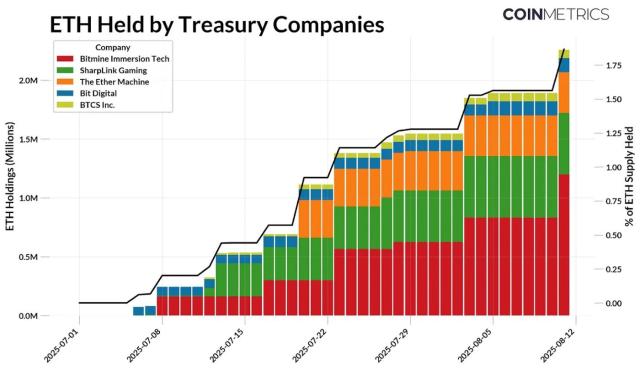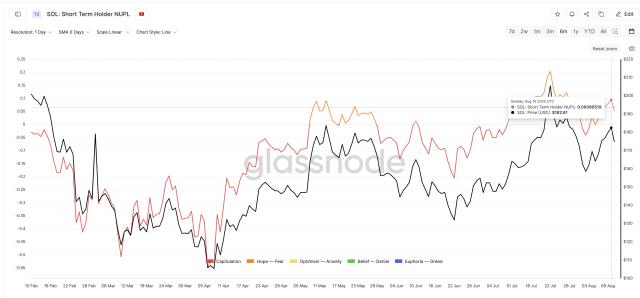Chainfeeds Briefing:
To be honest, discussing cross-chain bridges always makes one feel tense, especially in the context of continuous bridge hacks and the backdrop of multi-chain interconnectivity.
Article Source:
https://x.com/tmel0211/status/1954506549080338472
Article Author:
Haotian
Perspective:
Haotian: Unlike traditional cross-chain bridges that rely on multi-signatures or relay nodes, Solayer adopts a native SVM proof-based mechanism. Simply put, it directly generates cryptographic proofs for asset transfers at the Solana virtual machine level, rather than relying on the honest assumptions of external verifiers. Specifically: it uses a database-free architecture + pure PDA (Program Derived Address) logic. Traditional cross-chain bridges typically need to maintain a centralized database to record cross-chain states, which becomes a key target for hackers. PDA is a unique Solana deterministic address derivation mechanism where all states are directly stored on-chain and derived through program logic. To draw an analogy, it's like changing the safe's password from paper recording to mathematical formula derivation - even if hackers obtain partial information, they cannot act maliciously without complete on-chain state. Solayer introduces a Guardians mechanism, using stateless operations - guardians make no assumptions about historical states. More critically, it sets an instance bridge cap limit, allowing control of potential loss scope even if security issues arise. In response, the Fuzzland team conducted formal verification of the entire system, essentially using mathematical methods to prove code logic correctness, rather than relying solely on testing. Combined with on-chain replay protection, 24/7 anomaly monitoring, and real-time alerts, it theoretically builds multiple layers of defense. Solayer supports Cross-Chain Calls and composable Hooks functionality. Through Hooks, developers can automatically trigger on-chain operations like arbitrage and liquidation after transactions. If this composability can be combined with cross-chain functionality, it indeed opens up many new possibilities. Of course, it's not without challenges. The design without whitelisting indeed lowers barriers, theoretically allowing any token to bridge, which undoubtedly brings security challenges and regulatory risks. Meanwhile, established cross-chain bridges like Wormhole have already been deeply rooted in the Solana ecosystem, making it not easy for Solayer to grab market share. While technological innovation exists, the cross-chain bridge track ultimately needs to be verified by real-world security.
Content Source








